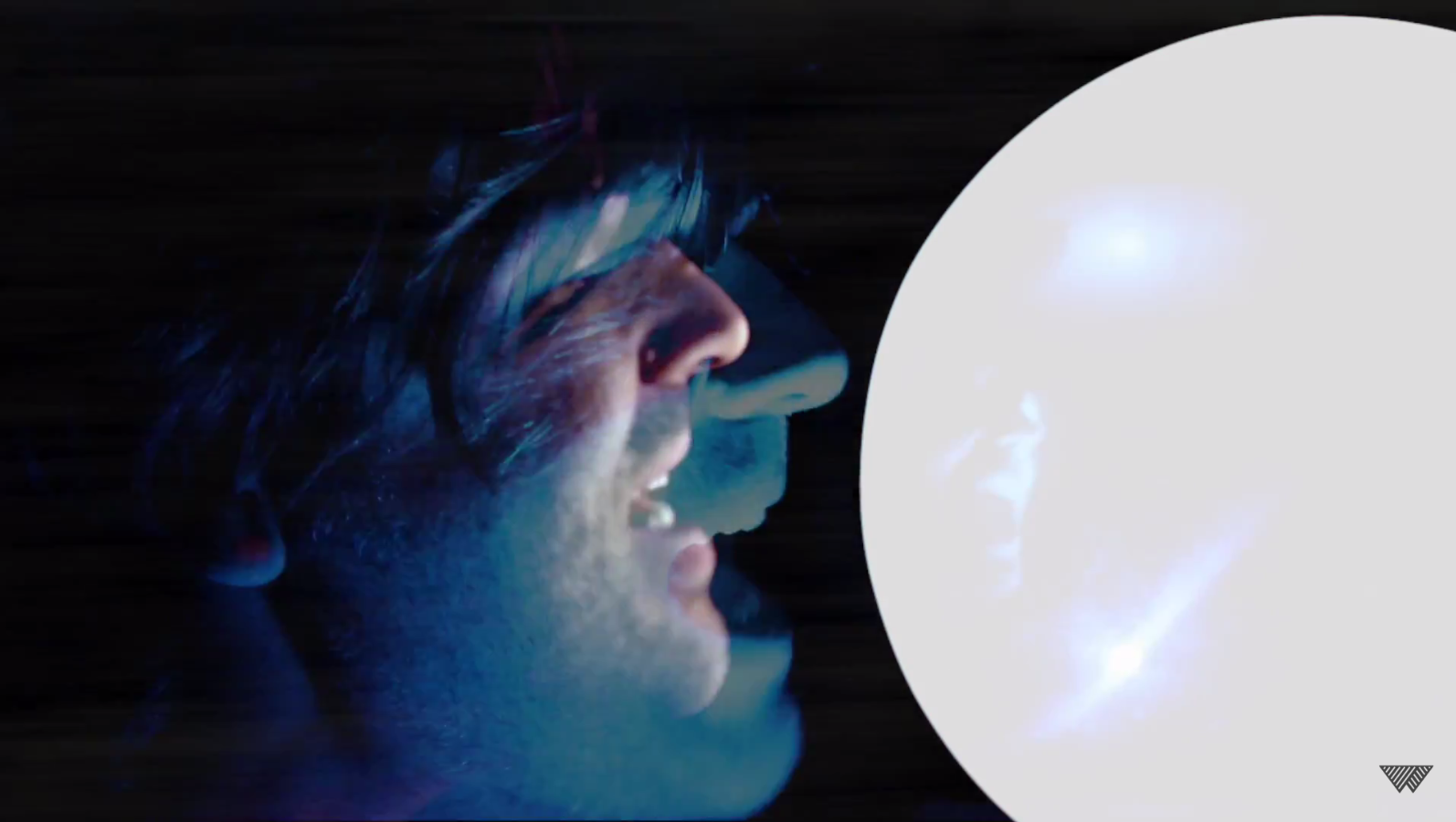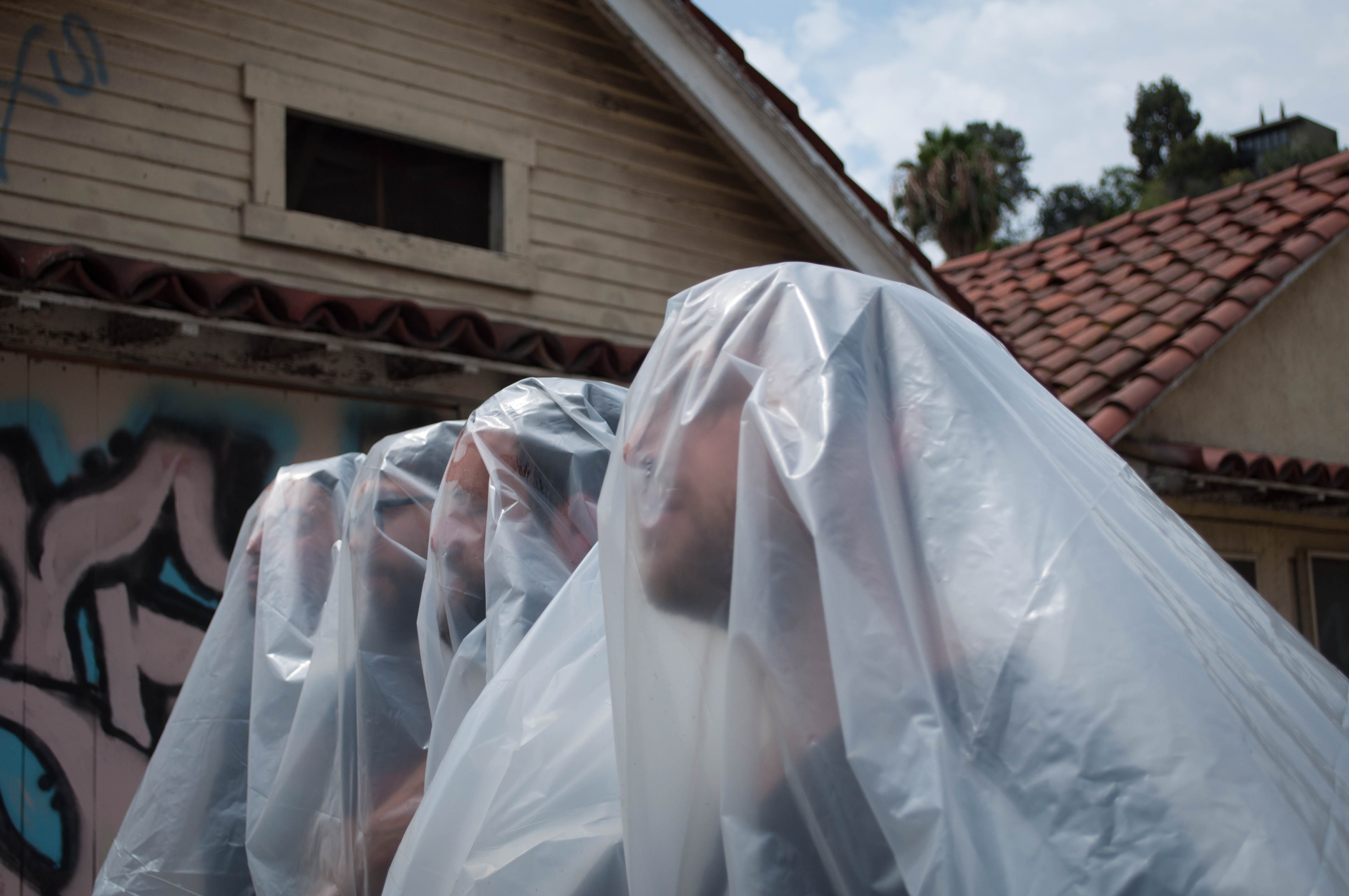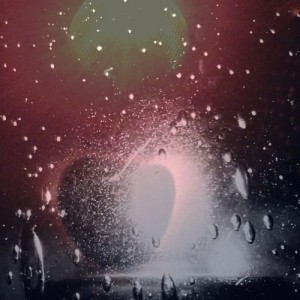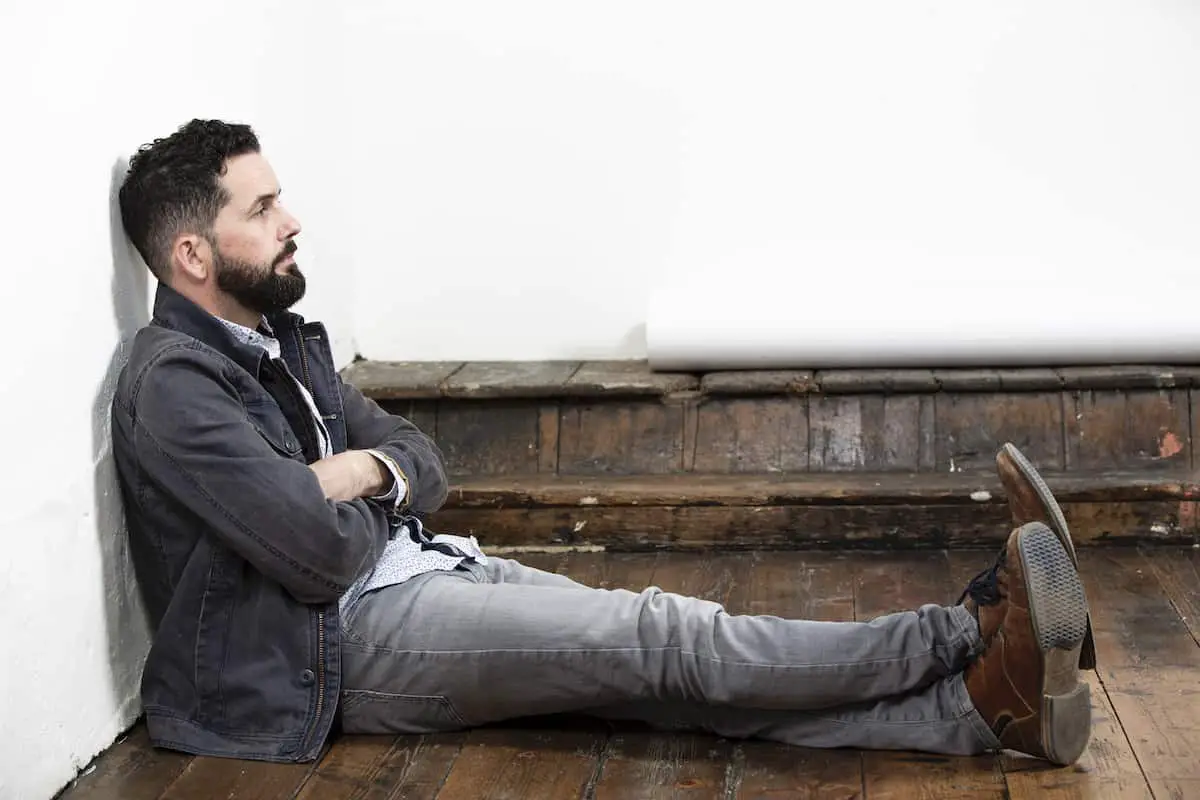I want our lifetimes wholer
Love and loss come hand in hand all too often, and the meeting of the two is often a tumultuous occasion. Anguish and nostalgia mix with warm memory in a painful array, reminding us of that which once was, which will never be again. Emotions bubble to the surface when we come face-to-face with endings, cascading out in all forms imaginable.
Wages’ “Rattlesnake,” which Atwood Magazine is proud to be premiering today, is a nightmarish trip through the realization of one such ending, a tale of coping with loss to “take away the pain.”
Watch: “Rattlesnake” – Wages
[youtube=https://youtu.be/RIt_vzaZ9sk?t=0s]Los Angeles band Wages is updating alternative rock to fit the modern “indie” context. Wailing Strokes-y guitars combine with a tight REM-like beat and melodies reminiscent of The Smiths and The Cure on “Rattlesnake,” resulting in a sound that is as fresh as it is deeply embedded in the rock music canon. It comes as no surprise that singer Nick Byron Campbell doubles as a sound artist, presenting sound art installations at galleries and events around the country. It’s this intimate knowledge of music’s inner workings that allows Wages’ work to shine.
Originally featured on Wages’ 2015 EP Sacre Coeur, “Rattlesnake” is the opener on Wages’ recently-released full-length Glace (July 29, 2016). The song is “about making yourself feel better through self destructive behavior,” says Campbell, and that much is clear from the outset of both song and video:
I had to bring myself to stand that day
When you said
We were walking out the door
And I did it any way
I could not think
Of any better way to be
Distorted effects form a ghostly carbon copy of Campbell’s face as the vocalist sings his sorry tale. Campbell’s eyes are closed throughout, and darkness lies all around him. He sings at a giant white orb – a light, maybe? A void? Nothing at all?

The imagery perfectly captures the cold depths of this dark moment.
And I wouldn’t try to say, I know how to behave
Or how I should live my life
Beyond the hurt
You take the pain away
Though I’m not so pretty or so young
Anymore
You take the pain away
It doesn’t really matter what object Campbell is singing to – and indeed, the subject might change over the course of the song. Loneliness seeps through every crack in “Rattlesnake” until it fills the screen. Longing takes on a physical presence in the bridge as Campbell sings from a supine position. In that moment, the audience might remember their own feelings of helplessness: Of lying on the floor, wishing, wanting, all the while knowing that which you desire is indefinitely out of reach.
I want to hold you closer
I want to leave the gloom behind
I want our lifetimes wholer
I want to leave
the gloom
behind
Once you internalize Wages’ situation, their pain becomes intolerably real. The wailing melodic line comes to symbolize the woeful tear in one’s soul; the guitar feels all the more soothing in its fast motions – a quickness that might turn your head out of its darkness, if at least for a second. “You take away the pain.” Over and over again, the chorus line hits like fire and ice. “Rattlesnake” needs that greater release – a sense of accomplishment through overcoming raw emotion – but the satisfaction never comes. You can cover up pain, but that doesn’t mean it goes away.

Somewhere deep in “Rattlesnake,” Wages know all too well that the pain won’t go away soon. It doesn’t matter how you cope with loss; the sensation of pain lingers long after the damage is done, reminding each and every one of us of our sheer and inescapable humanity.
Wages pull at our core emotions on “Rattlesnake,” leaving us shred apart and vulnerable, like it’s us who had our hearts ripped out and not them.








